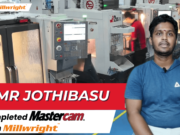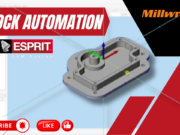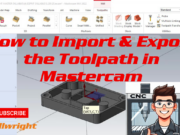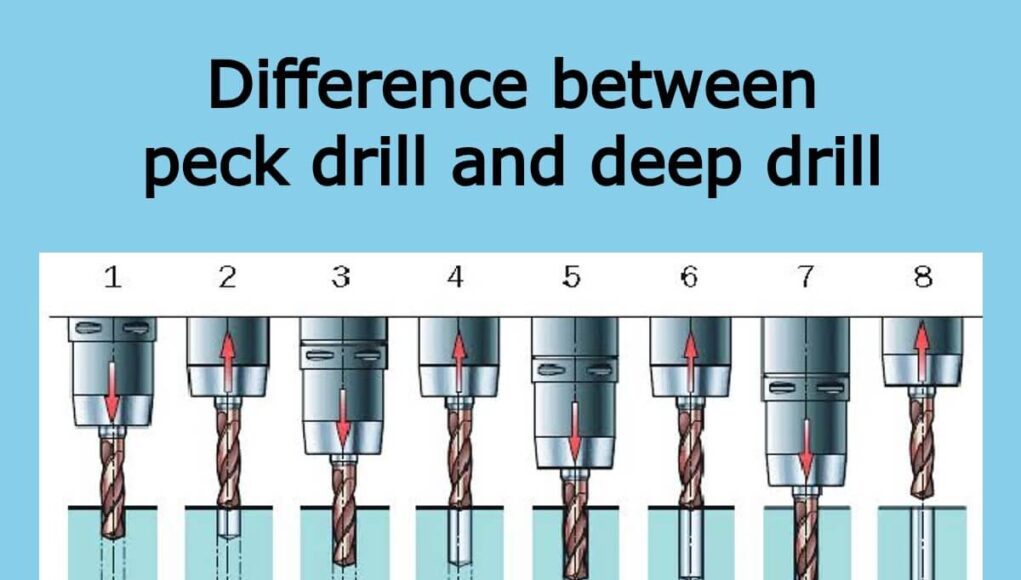The G73 peck drilling with a short retract or pause for relatively shallow holes, whereas G83 is peck drilling with a full retract for deep holes.
Introduction to peck drill and deep drill
In the realm of machining and drilling operations, two commonly used techniques stand out: Peck Drill and Deep Drill. Understanding the differences and applications of these methods is crucial for optimizing machining processes and achieving desired outcomes. In this guide, we delve into the intricacies of both techniques, exploring their principles, advantages, and best practices.
Deep drilling techniques offer unparalleled versatility, allowing manufacturers to create precise, high-depth holes in a variety of materials with exceptional accuracy.
- Peck drilling involves intermittently retracting the drill bit from the workpiece during the drilling process to clear chips and prevent binding. This technique is particularly useful when dealing with deep holes or challenging materials.
- Advantages of Peck Drill:
- Chip Clearance: By retracting the drill periodically, peck drilling ensures efficient chip removal, reducing the risk of tool breakage and enhancing surface finish.
- Heat Dissipation: Peck drilling helps dissipate heat generated during the drilling process, preventing overheating of the tool and workpiece.
- Improved Accuracy: The controlled drilling depth in peck drilling contributes to enhanced precision and dimensional accuracy, crucial in various manufacturing applications.
- Deep drilling involves drilling holes with a depth significantly greater than the drill diameter. This technique requires specialized tools and strategies to maintain stability and accuracy throughout the process.
- Advantages of Deep Drill:
- Increased Productivity: Deep drilling allows for the creation of holes with substantial depth in a single operation, minimizing the need for secondary processes and reducing overall production time.
- Versatility: Deep drilling techniques can be applied to a wide range of materials, including metals, plastics, and composites, making it indispensable in various industries.
- Cost Efficiency: Despite the initial investment in specialized equipment, deep drilling can lead to cost savings by streamlining production workflows and reducing tool wear.
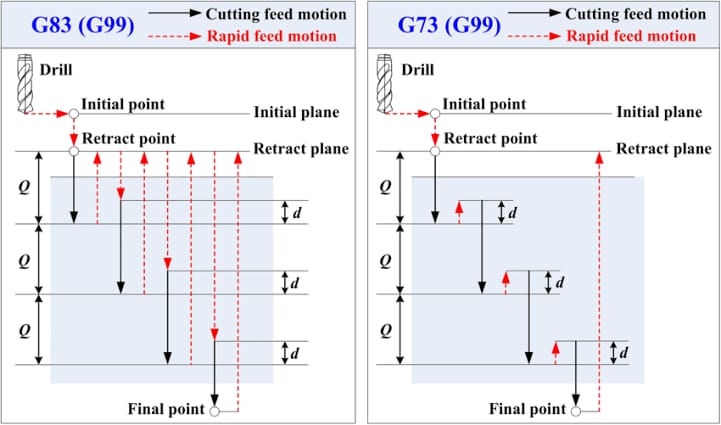
Here is a video Reference,
Conclusion
Peck drilling and deep drilling are indispensable techniques in modern machining operations, each offering unique advantages and applications. By understanding the principles and considerations associated with these methods, manufacturers can optimize their drilling processes, enhance productivity, and achieve superior outcomes in their respective industries.
Millwright
At Millwright CNC Training Centre, we specialize in providing top-notch instruction for individuals seeking expertise in CNC machining. Our industry-leading programs cover everything from basic principles to advanced techniques, ensuring our graduates are well-prepared for success in the manufacturing sector. Join us to receive personalized training from experienced professionals and take the first step toward a rewarding career in precision engineering.

